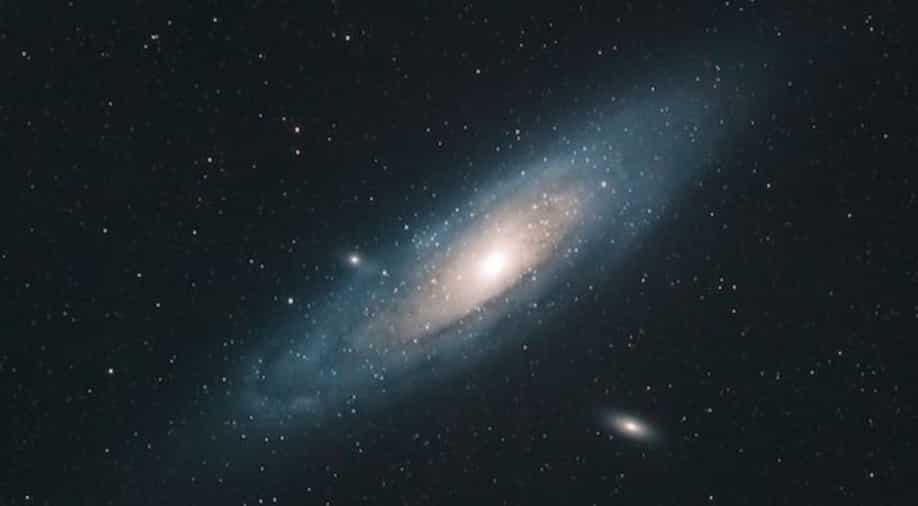Andromeda Galaxy will make its brightest appearance this week. Here's how to watch it.
Story highlights
Andromeda Galaxy will make its brightest appearance around this week. There are good chances that we might catch a glimpse of this most amazing deep sky object. Here’s how.
Nature is a bit kinder to sky enthusiasts these days with some of the best sightings of the moon, stars and meteors witnessed this year. It’s now time for our neighbouring inhabitant- Andromeda. The Andromeda Galaxy is the closest major galaxy to our home, Milky Way.
As per Space.com, it will make its brightest appearance around this week. There are good chances that we might catch a glimpse of this most amazing deep sky object.
Also Read | A one-of-a-kind double asteroid moon discovered by NASA's Lucy has officially been named
trending now
How to see the Andromeda Galaxy in the night sky
First things first, you should know where to look towards the sky to sight a perfect angle of Andromeda. It can be seen in the night sky in the northern hemisphere throughout much of the year but is best seen in autumn. It can also be seen with the naked eyes, under favourable weather conditions, making it the furthest object that can be seen with the human eye.
To find the Andromeda Galaxy, first locate the Great Square of Pegasus, a landmark of the autumn sky. Then focus on the bright star Alpheratz, which is at the upper left corner of the Square. Then move straight across to the east (left) and get the star Mirach (in Andromeda) in your field of view. This can be done using any of the available stargazing apps.
From there, move slowly up to a fairly bright star above Mirach and continue to run up in the same direction until you'll find the "little cloud" described by Al-Sufi, more than a millennium ago. That will be your stopping place, for you will have found the Andromeda Galaxy, explains space.com.
Andromeda Galaxy
Andromeda Galaxy is located over 2 million light-years from Earth. It is a spiral galaxy found in the Andromeda constellation and is about 200,000 light-years wide. It is also known as M31, part of the deep-sky Messier Catalogue.
The Andromeda Galaxy is known for its bright blue tinge, which is caused by pockets of hot young stars burning bright blue.
(With inputs from agencies)

















